David Morris NE Sandhill Hunt
Dec. 1-4, 2011, Sandhills of Nebraska: The Bucks of Tecomate TV Hunt
A stranger place to hunt whitetails I’ve never seen. But they are there … in a place with virtually NO trees, only grass. And, right alongside them you can find their kin, the mule deer. As a hunter, one of the best things about the Nebraska Sandhills is that I can shoot either … indeed, BOTH, if I buy a second license!
This is my second trip to hunt with outfitter Lynden Branson. Last year, I shot both a whitetail and mulie. Both were good but not giants. This is not the place of giants. It is a place where you’ll have an awesome hunting experience chasing deer in strange and exotic habitat seemingly more fit for buffalo than deer, especially whitetails. On this trip, I was once again joined by my cameraman Matthew Carman and Tecomate Pro Staffer David Shashy, who was about to experience the Sandhills for the first time. I was here to finish filming a Nebraska Bucks of Tecomate show that had begun in mid-November on the Platt River. David Shashy was here to host a Tecomate Whitetail Nation show … for either whitetails or mulies, whatever BIG showed first.
Lynden was confident. Why not? He had nearly 150,000 acres of wild Sandhills to hunt at his disposal. Both David and I were packing our Traditions Ultra Light Vortek Muzzleloaders. Honestly, I don’t feel we give up much with that rifle … oh, maybe a 100 yards or so of effective range. If a buck is within 200 yards, the .50-caliber will get the job done quite nicely. Inside 150, the muzzleloader is essentially a single shot centerfire. The only problem is getting in range in this wide open country. That’s where topography comes into play. You have to use it to get within shooting range; otherwise, you’re likely going to be exposed. There are precious few trees and bushes to hide behind. Besides the topography, only a few bales of hay or grassy ditches offer much cover.
On the drive to Lynden’s new camp just a couple of miles from his property, my Ford F150 Travel Link told us we were in for a cold and windy hunt. The forecast called for lows near 10, highs just above freezing, and winds topping 40 mph. Because this country is so vast and the deer population so scattered, we typically use the truck to cover territory … looking. Suddenly, the heater looked like the best of my Ford’s many features!
Diary of the Sandhills Hunt:
Day 1: It was cold, 13 degrees, and windy, gusts to 35. Thankfully, we were mostly in the truck, covering country. We started out checking the many valley hay meadows, the major feeding grounds for whitetails … mulies too but lesser so. There are no crop fields, such as corn, soybeans, or even alfalfa, in our part of the Sandhills, but the hand of man is still the reason the whitetails are there. You see, the hay meadows are key food sources and the reason whitetails are able to survive in this grassy wilderness. These vast hay fields, which are often several hundred acres in size, are “sub-irrigated” by the high water table in the valleys and are lush, fertile, and productive, a green oasis in the semi-desert landscape. Since these fields are frequently cut for hay, succulent regrowth grasses, forbs, and clover (some) sprout up after the cuttings and provide essential nutrition for whitetails. Without the haying and subsequent tender regrowth, there would be NO whitetails in this part of the Sandhills. The whitetails came with the settlers back in the mid-1900s. Before that, this was solely the domain of mule deer and antelope.
But now, there are whitetails. Not a lot by most standards but enough. Almost every hay field we checked had a compliment of whitetails, and often mulies. We made frigid stalks on a few suspects. Through watering eyes, we sized them up, but when lunch time rolled around, we had seen no shooters.
That afternoon, we took to the hills. From the valleys, these rolling hills look to be fairly free of significant relief or topography changes. When you get in the hills, you realize how wrong that impression is. Many of the hills are full of potholes, some large, some small, some deep, some shallow. There is “topography cover” everywhere to provide plenty of hiding places. When hunting the hills, it’s a numbers game. You have to keep checking potholes until you find one with deer. There are vast areas with few or no deer, and there are areas with good concentrations. You can’t tell by looking which is which. And it changes. The sorry places one week can be loaded with deer the next week … and vice versa. The proverbial needle in a haystack, thus the need to cover lots of country.
If you don’t catch a buck unaware in his bed, which is pretty rare, so you can stalk him, the idea is to keep jumping deer in hopes of seeing one you want. When you see a potential shooter, you watch him run until he disappears over a distant hill. Then, you give him enough time to settle down and become convinced that the hill, time, and distance provide him safety. In the meantime, you plan a stalk that will take you to the place he is most likely to have gone. This time, your goal is to catch him flatfooted.
After 15 to 30 minutes, you make your move. I don’t usually like taking the same route the buck took, figuring he’ll be watching his back trail. I like to take a different route that will give me cover and a view into the area he’s most likely in. Patience and serious glassing are called for. Often, he’ll still be on his feet. Sometimes, he’ll be bedded again. The key is to find him before he sees you. Not easy but doable if you do everything right. Sometimes, of course, the deer disappears never to be seen again.
That first afternoon, we saw a couple of mulies and whitetails justifying a stalk, but none turned out to be worth burning a tag …until 20 minutes before dark!
We had dropped back down in the valleys to check the meadows, where deer were accumulating for their nightly feeding. We came around a bend to a windmill and corral where we had set up a Reconyx Camera the year before and photographed a very good 8-point whitetail. We had just talked about him when suddenly that very buck, now a year older and nearly 10 inches bigger, ran across our bow with 3 other smaller bucks. They headed to the hills. It was too late for a stalk, and Lynden and I decided to come back for him early the next morning. Lynden was familiar with the hills and felt he knew where the buck would hold up. That was the plan, but things don’t always work out according to plan.
Day 2: Temperature 11 degrees but not much wind at daybreak. We headed back to the area we had seen the big whitetail the afternoon before, a 12-mile drive. We timed our travel to get there in good video light. But, something happened on the way to the whitetail...
Lynden suddenly hit the brakes and pointed to a silhouette on a hill about 300 yards away. There against the dark grey skyline was a good buck. My 10x42 Leupold Mojave binoculars told me instantly it was a mule deer, a big one. He was broadside to us, but I could see he was tall and had deep forks on both the top and front. Still, I was determined to hold out for a whitetail … until he turned and faced us.
This buck had the look you dream about on a mule deer – wide, square, and tall. The front view showed everything he had. It was too much for me to resist. In an instant, my plan shifted off the whitetail and onto this mule deer. I turned to Lynden and said, “I’m going to shoot that deer!”
I immediately began scanning the terrain to figure out how to get on him. A draw leading to a steep mound right in front of the buck offered the answer, but to get to the draw, I would have to cover about 50 yards in which I would be exposed. I would depend on the low light to help me out on that. Matt grabbed his camera gear and me my Traditions and Bog-Pod. Matt cautioned that it was still too early to video. I told him I wanted to use the low light to cover our move and we would wait on video light once we got to the mound in front of the buck. From what I could tell, the mound would give me about a 100-yard shot, prefect for the muzzleloader. I told David Shashy to come along but hang back a little. I wanted him there to share the moment if the stalk was successful. We took off.
Ten minutes later we were in position behind the mound. I had lost sight of the buck the last several minutes of the stalk. I told Matt to hold tight while I peaked over to see if the buck was still there. He was – silhouetted against the brightening skyline about a 100 yards away. He was feeding, completely unaware of our presence. I signaled Matt to get in position and start filming as I set up for the shot.
This is always a critical time in the hunt, especially when filming spot and stalk hunts, since we have to expose ourselves to get our jobs done. I locked in on the Bog-Pod and asked Matt if he was good to go. He gave the green light. I cocked the Traditions, whistled to bring the buck broadside, took a deep breath, saw the crosshairs settle high on the buck’s shoulder, and squeezed the trigger ... but nothing happened. I immediately knew the problem. It had snowed the day before and my rifle had gotten wet and was still wet when I put it in the case. Now in the 11 degree weather, the moisture had frozen the trigger in place. I broken open the rifle and pulled the trigger hard to free it. The hammer dropped. I quickly dry fired the breached rifle again. Good to go.
Back on the Bog-Pod. The buck was alerted now. I once again settled in for the shot. This time the rifle roared when I applied the necessary 3 pounds to the trigger. The buck crumpled on the shot, struck high in the shoulder with a 250-grain bullet. Great mulie down! Matt, David, and I passed congratulations back and forth and took off up the hill to see my buck.
The big 5x5 mulie was a classic and easily the most handsome mulie I had ever taken. I could not have designed a more striking and attractive shape. I thanked God for the opportunity to have experienced what had just transpired and for this beautiful animal. We all savored the moment as we waited for Lynden to bring the Ford up. I turned to David Shashy and said, “You know what this means?” He smiled and nodded. “A big 8-point whitetail now awaits YOU!”
Yes, the big whitetail we had seen the day before was still on the hit list, but now David Shashy’s not mine. But, that’s another story, one I’ll let David Shashy tell.
My Nebraska hunt, which had begun on the Platt River two weeks earlier, was over for the year. I once again put my hands on the most beautiful mulie of my career. Sweet success!
For information on hunting with Lynden Branson, call (308) 458-8118.
Posted by David Morris
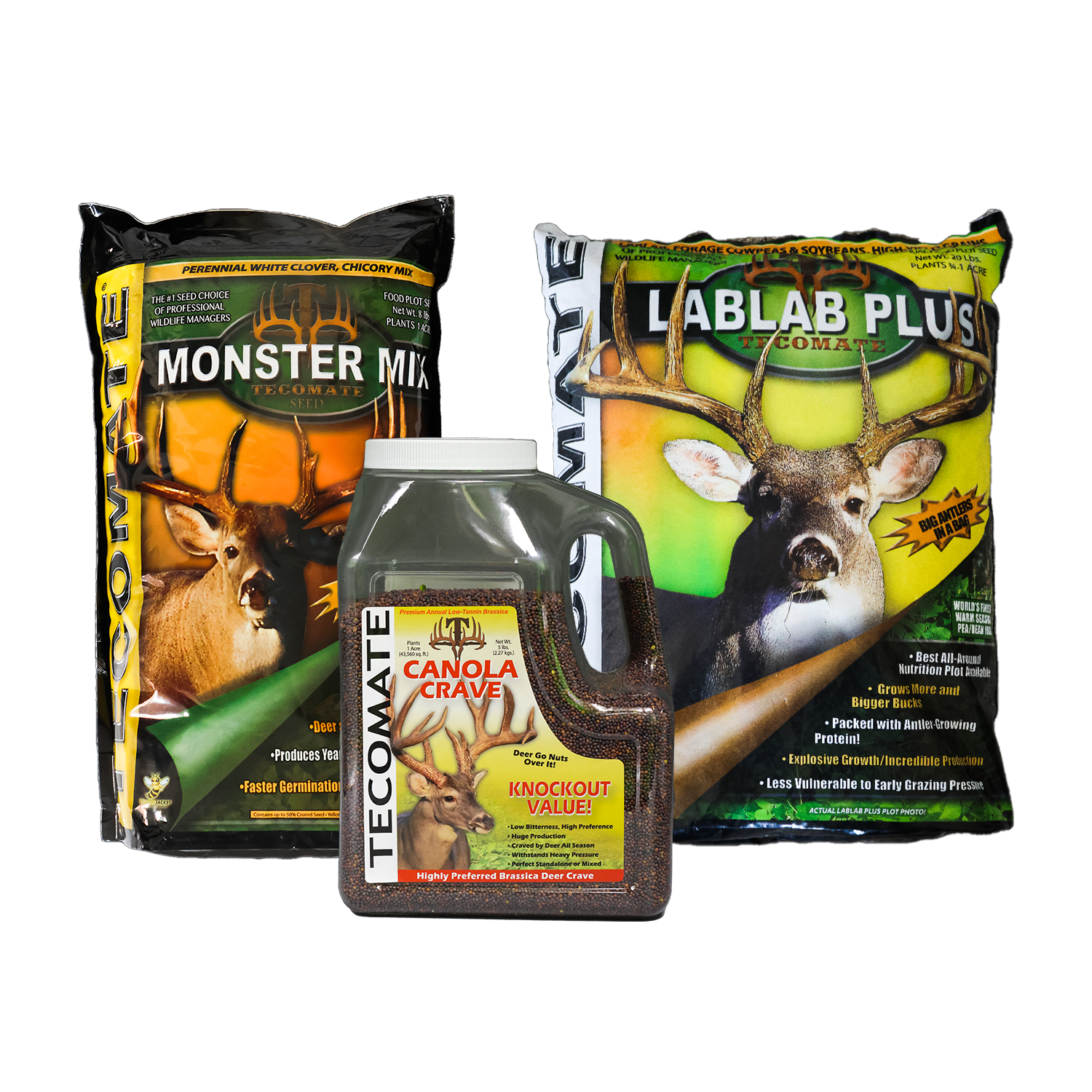
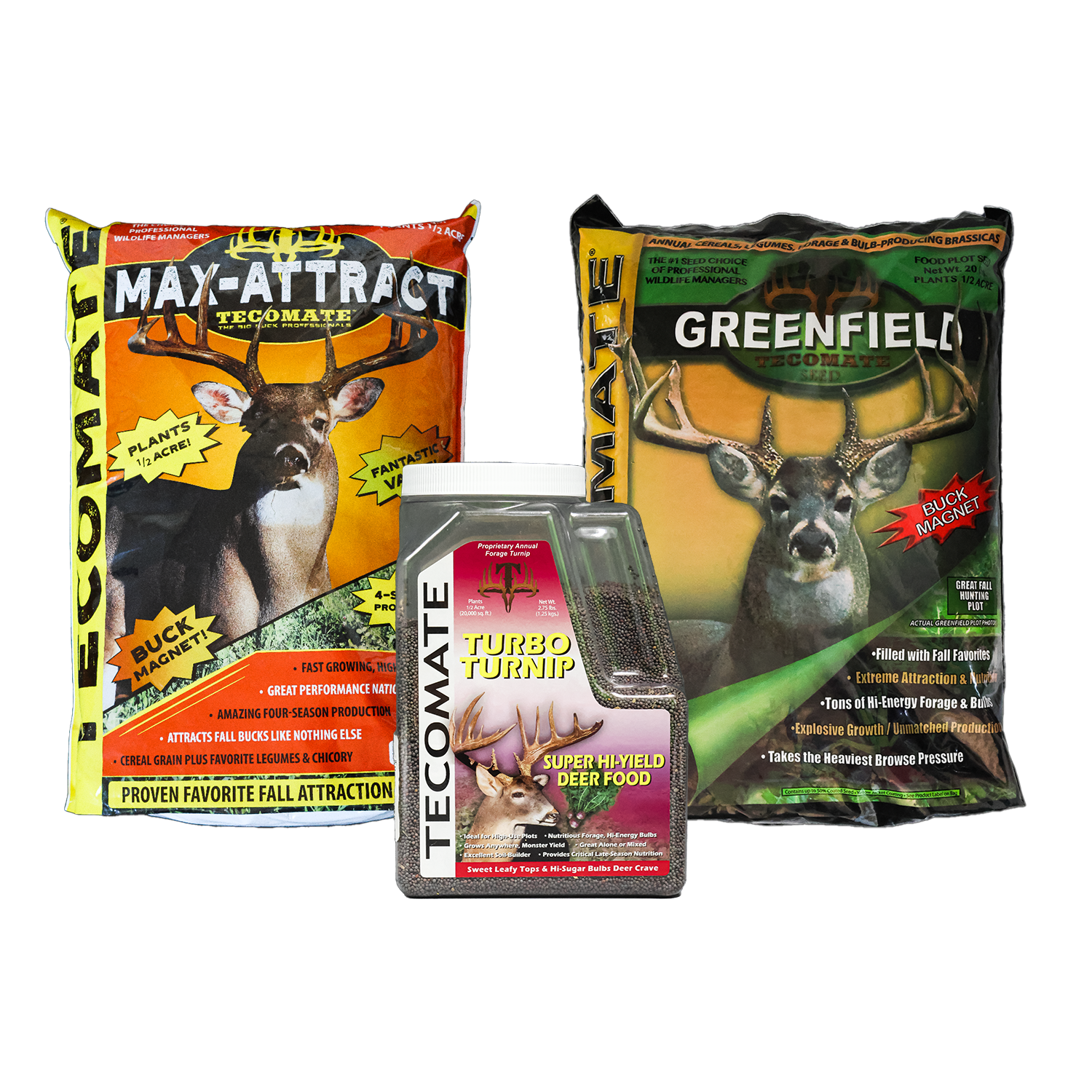
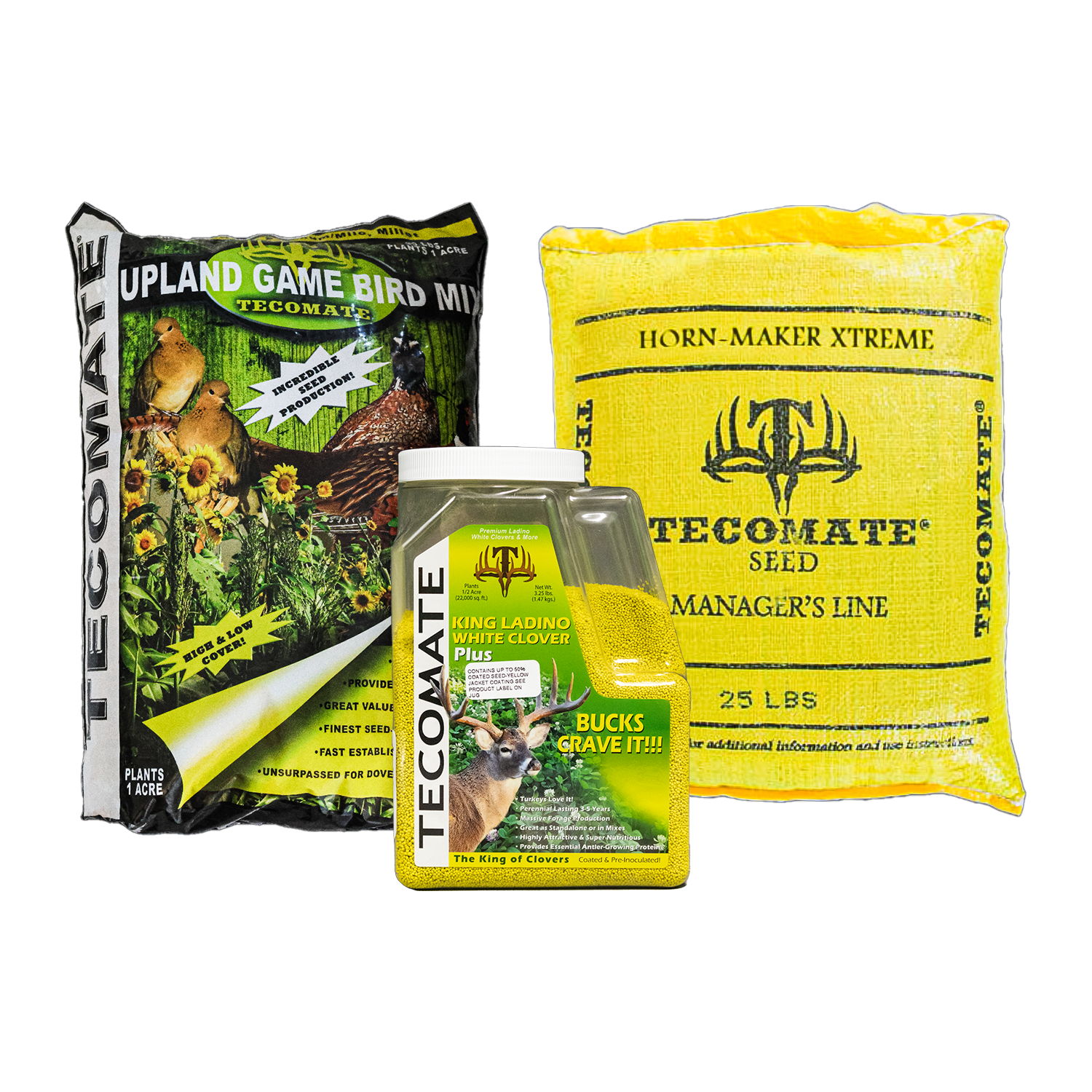



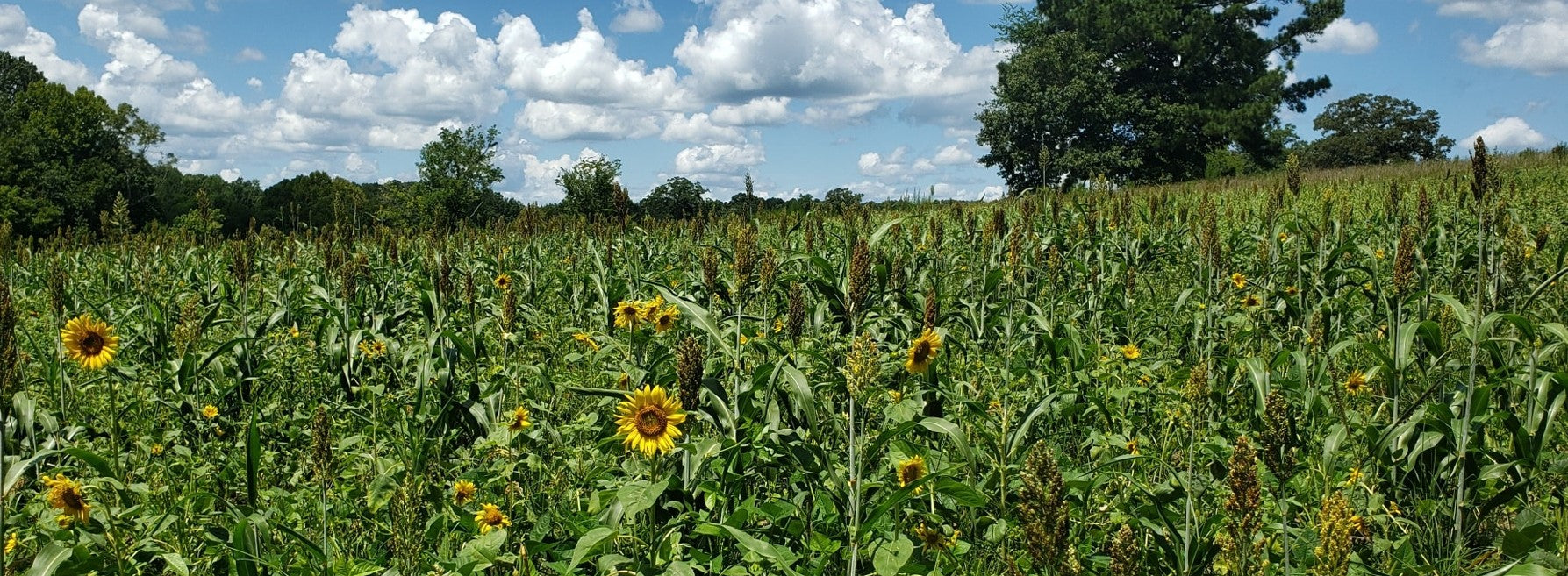
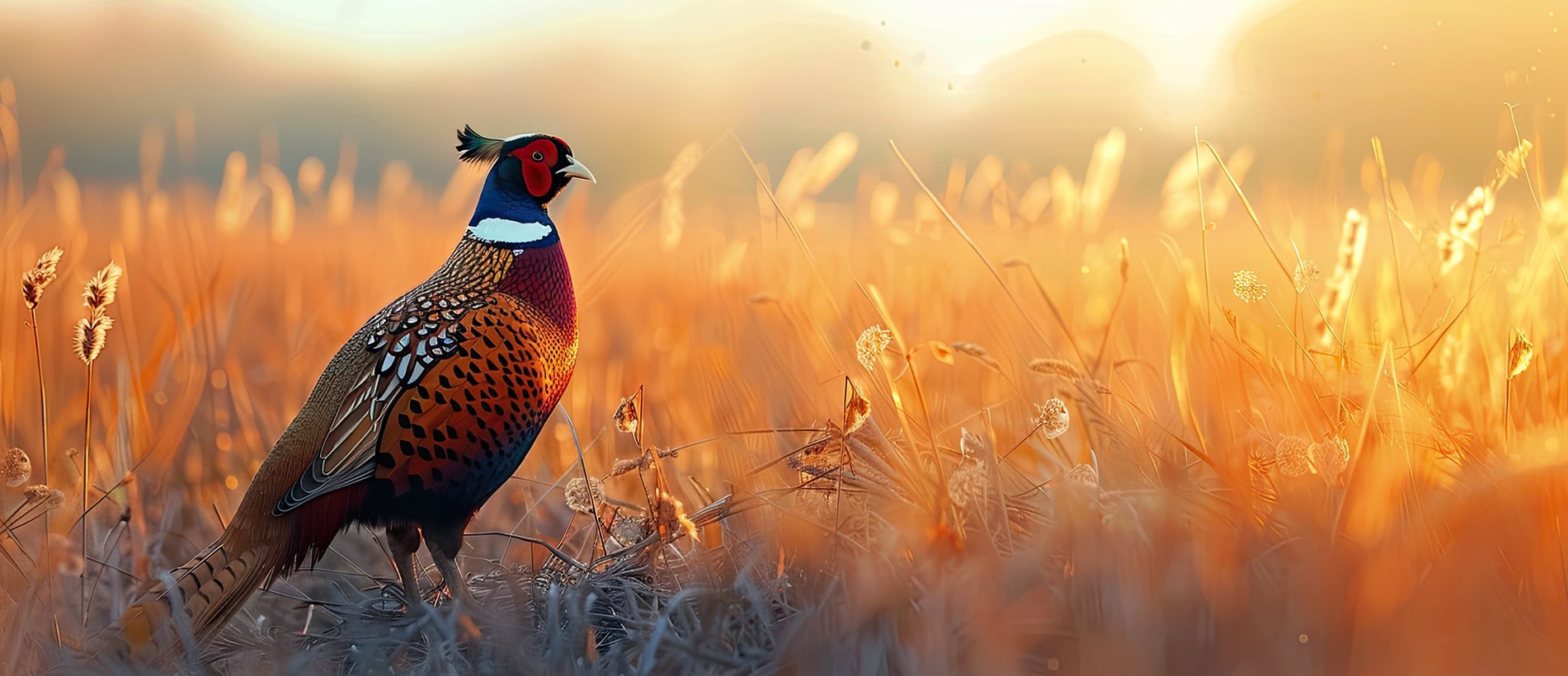


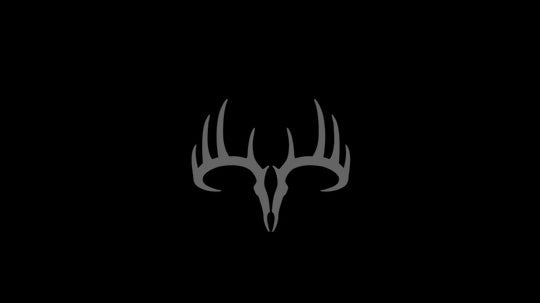
Leave a comment